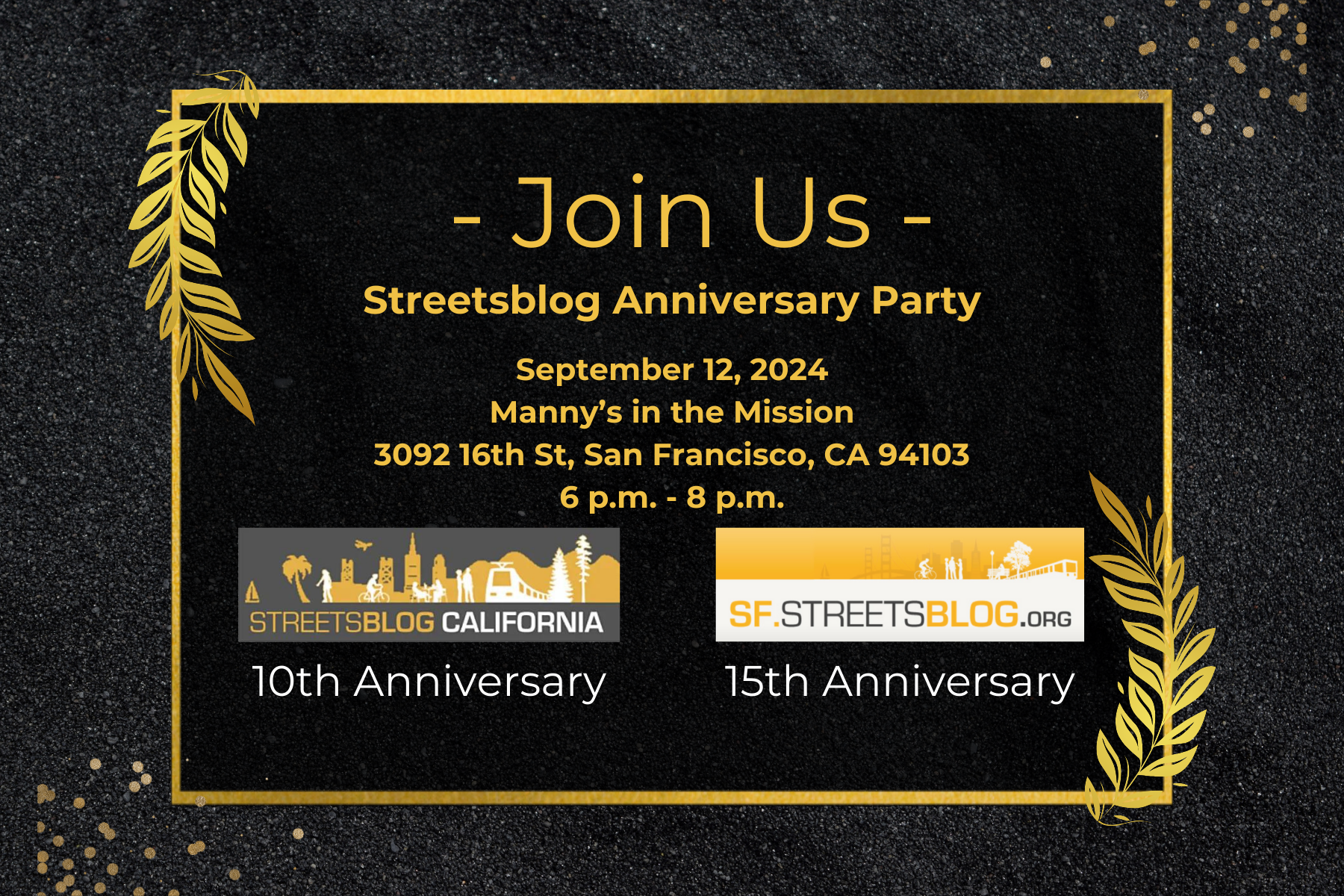Starbucks has lost its way (again) and founder Howard Schultz knows why
The brand that popularized modern coffee culture and became the world’s second-largest restaurant chain (after McDonald’s) is at a familiar crossroads and must deal with a familiar melodrama at the boardroom. Seattle-based Starbucks’ latest crisis began with three consecutive quarters of disappointing results, including falling sales and profits in the last two quarters. The latest sales declines are the first in about 15 years, when the Great Recession of 2007-2008 devastated the economy.
Today’s challenge is partly due to inflation, according to a recent Bloomberg report: The company is “losing customers who are no longer willing to spend money on expensive coffee drinks.”
That’s not the only problem at Starbucks. What’s unique and much harder to solve is that “the once consistent in-store shopping experience has also deteriorated: Wait times have gotten longer and customers are abandoning online orders.”
Any discussion of Starbucks inevitably turns to the marketing genius who turned a small regional chain of about a dozen coffee bars into a global giant in 1987 – Howard Schultz. Just as Steve Jobs gave Apple its innovative culture and Ray Kroc was the soul of McDonald’s, Schultz was the keeper of Starbucks’ flame from the beginning. He retired in 2000 but returned as a savior CEO in 2008 during another economic crisis – the Great Recession. Then, as now, a cup of premium coffee became an extravagance in lean times, and the brand showed signs of fatigue.
A report in the New York Times is reminiscent of Bloomberg’s recent criticism: “Many people are now turning away from the product, if not the lifestyle that goes with it. … Four percent fewer people visited Starbucks stores, and those who did spent an average of three percent less on things like mocha cappuccinos and chocolate croissants than customers did during the same period a year ago.”
Fast forward to 2017, when Schultz, who had grown annual revenue from less than $10 billion to nearly $23 billion, retired for a second time. Then came the pandemic, and out of the chaos, Schultz returned for a third term in 2022, this time as interim CEO to groom his preferred candidate for the next CEO, a former PepsiCo executive, Laxman Narasimhan. But this month, the revolving door spun again when the board suddenly fired him and hired Brian Niccol, the former CEO of Chipotle, who is credited with getting the company back on track after a disastrous 2016.
Will Schultz be invited a third time? Unlikely.
According to press reports, he has complained to the board and investors via email and other means that “the brand has lost its luster.” In a long, fascinating interview on the “Acquired” podcast in June, Schultz spoke at length about Starbucks’ history and said he had no desire or intention to return as CEO of Starbucks because he believed the company was drifting “toward mediocrity.”
So what’s Starbucks’ problem?
The answer is included in the podcast interview and it’s worth listening to in full as Schultz goes into detail about how the company was founded and the foundations of its success. He said he saw Starbucks’ potential when he noticed that many of the same people were getting their morning caffeine fix every day and that those customers were interacting with each other. Schultz says, “That’s when I started talking about the language of community. Of course it was about the romance of espresso, but it was about the sense of community. In our first stores, you could see what people were doing after they bought the coffee. You could just feel the relationship that people had with each other, which was based on human connection. There was something… something magical going on, and coffee was the conduit.”
A key element for sustainable success in retail is knowing the customer.
The product is (100%) important, but what makes a lasting brand is also a certain understanding.
Starbucks has evolved into a business that sells fancy coffees that feel like an extravagance when consumers are struggling to pay for basic needs – rent, mortgages, car insurance and groceries. And customers have changed. We’ll see if Brian Niccol is interested in listening and understanding how customers have changed to change that, or if he’ll be just another overcompensated outsider.




